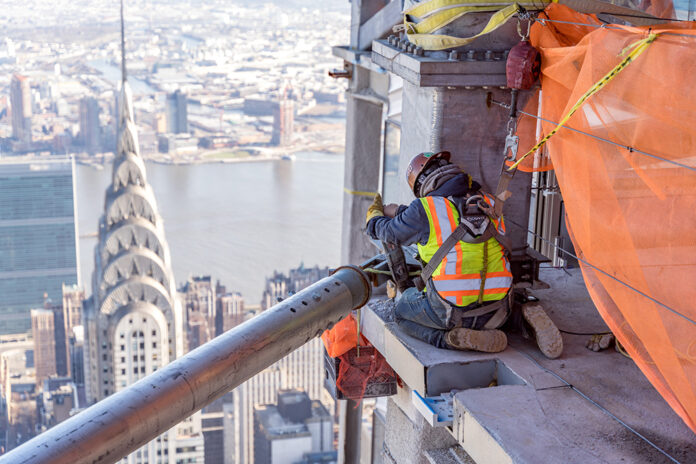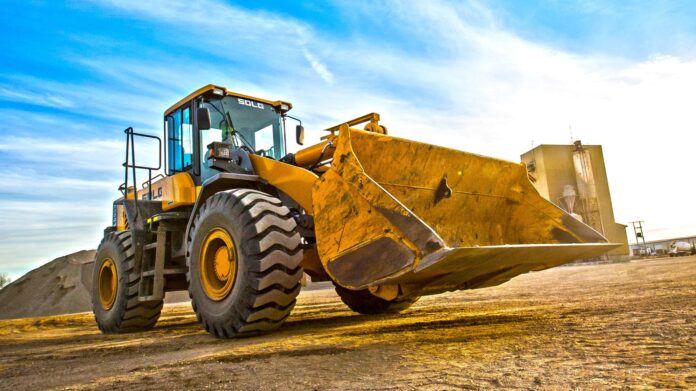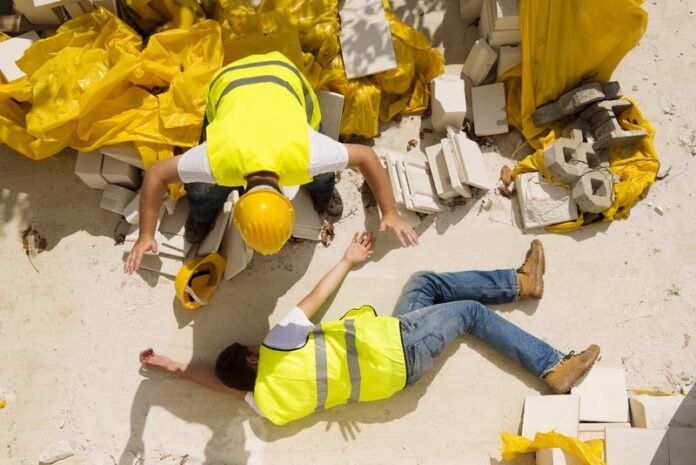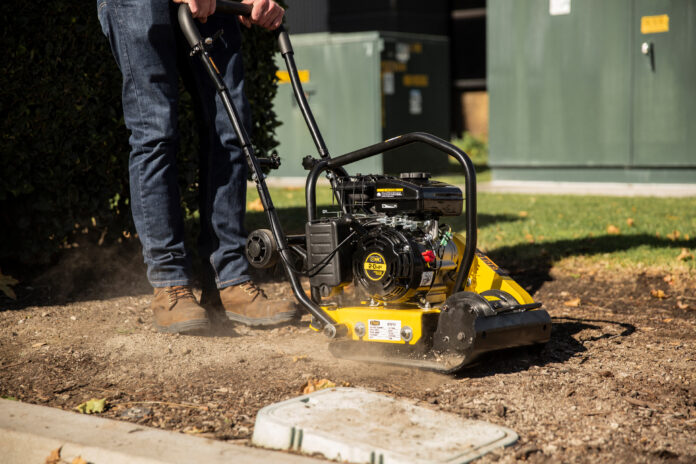It is well known that the construction industry carries a number of health and safety risks, due to a combination of different factors that affect this area. The construction industry has been shown to be one of the leaders in terms of workers mortality rates.
Construction sites are a very dangerous place to work, due to the use of various equipment, vehicles and performing tasks that carry a certain degree of risk. That is why it is crucial for management to be aware of all risk factors so that they can take the necessary steps to minimize risk and increase the safety of workers on the construction site.
Although this is not an easy task, it is possible to achieve an appropriate level of security with the right approach. The first step in this intention is to learn what are the factors influencing the health and safety of workers in the construction industry.
1. Working at great heights

Probably the first thing we associate with work on a construction site is the high altitude at which workers spend a lot of time. And not just they spend their time there – they also need to do their job in the best way possible.
It is clear how dangerous this kind of work looks, and the fact is that the large number of deaths on the construction site is precisely the result of falling from a great height. Construction managers are well aware of this risk factor and, if they do their job properly, they tend to find all the ways to protect workers from falling.
Some of the most common reasons for injuries and fatalities here are the lack of appropriate equipment (provided scaffolding and ladders, safety nets, fences) as well as insufficient training of workers to work in such conditions.
Therefore, the way to prevent incidents and establish safe conditions for work at high altitudes is to provide equipment that is stable, the introduction of all necessary protective measures and timely training of workers to work at height. Also, regular maintenance of all tools and equipment should not be neglected, in order to prevent their deterioration, and the consequent reduction of safety risk.
2. Using different moving objects

Another factor that influences the health and safety of workers in the construction industry is the use of moving objects. When we say ‘moving objects’ we mean the use of different vehicles, equipment that workers lift above their heads, as well as working near some moving objects when there is often little room for operation.
All of these are serious risk factors as they highly increase the risk of injury. Also, the lighting on the construction site is often not good enough, so incidents occur due to reduced visibility.
The way to put an end to this risk factor is to provide optimal conditions for work on the construction site, in terms of providing sufficient space, adequate lighting and correctness of all equipment, machines and accessories.
Another indispensable part here is the protective equipment that workers should wear at all times, such as helmets and steel toe shoes that reduce the possibility of head and foot injuries, which are some of the most common and dangerous injuries on the construction site.
Of course, proper training of workers is a must, as they need to be aware of all the dangers and importance of adhering to certain protective measures, in order to increase their safety.
3. Slippery, wet, and uneven surfaces

Trips, slips and falls are quite common in all industries, especially in construction, due to the nature of the work that workers perform and the conditions in which they are performed.
Slippery, wet and uneven surfaces, leaving equipment in different places, and a large number of cables are not uncommon on the construction site. When you put it that way, it becomes clear to you how easy it is for construction workers to slip and fall, and falling off a scaffold, from a great height, can lead to serious injuries and sometimes even a fatal outcome.
Such risk factors are often the result of negligent behavior of workers, so it is necessary to train them on what behavior is unacceptable on the construction site and how to manage equipment and various liquids, to reduce the risk of slipping and tripping.
Of course, there are some prevention measures that can be implemented in order to further increase the safety of workers. For example, the introduction of fiberglass grating, which reduces the slippage of surfaces, and is very easy to install. You can read more about such products and order them at https://www.risergrating.co.uk.
4. Vibrations

Another factor that affects the health and safety of workers in the construction industry is vibration, which is also largely present on construction sites. Power tools that construction workers often use emit vibrations that, in the long run, lead to serious damage to blood and nerve vessels.
You have probably heard of Hand and Vibration Syndrome which is more than common in this industry. Over time, vibrations lead to serious adverse health effects, so it is necessary to reduce their transmission to the body as much as possible.
One way to control this risk factor is to use only proper power tools. It is important that they are regularly maintained and used for a short time, while the impact of vibration is still not too great.
Of course, workers should wear protective gloves while operating these tools and learn how to do so diligently and in a way that minimizes the adverse effects of vibration on their body. While it may sound harmless, the fact is that vibrations should be taken care of in a timely manner and their long-term adverse health effects prevented.
Conclusion: The construction industry is well known for many factors that influence the health and safety of workers in the construction industry. Only some of them are working at great heights, using different moving objects, slippery, wet, and uneven surfaces, and vibrations.
There are many ways in which construction managers can influence these risk factors, and the main one is optimal training of workers, as well as the introduction of all necessary protective equipment and protective measures that increase the safety of workers on construction sites.









